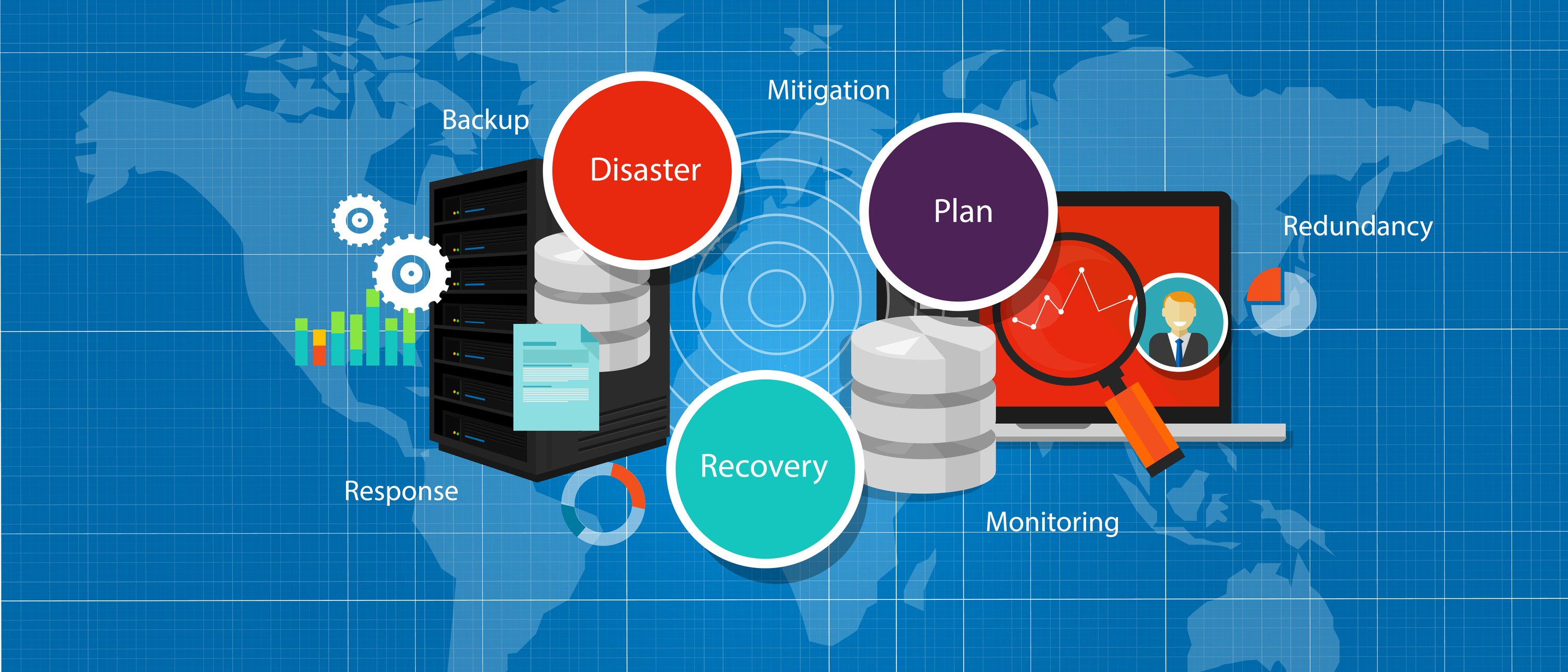
Disaster
Recovery
It is important for organizations to be well prepared for all types of disasters, including hardware failures, cyber attacks, and even natural disasters. A company's business continuity in the event of a disaster depends heavily on its ability to replicate systems and data.
Business data is important to business operations. Make sure you have a professional backup solution with redundancy, monitoring, support, and recovery processes. Implement a simple and redundant solution to truly protect your data and provide peace of mind. Data loss can have serious financial implications for an organization and can even damage an organization's reputation due to loss of customer trust. Therefore, in order to minimize the negative impact on your business in the long run, it is essential to have a good plan and roadmap for dealing with potential disasters.

Disaster recovery (DR) enables business continuity without disrupting operations in the event of a disaster. Most large companies allocate 2 - 4% of their IT budget to disaster recovery plans, and some spend up to 25% to minimize infrastructure risk. The latest backup solution maintains multiple versions of files with a 30-day history of previous versions. You will be returned to the required version within minutes. Disaster recovery is the next generation of server backup and recovery. With disaster recovery, you can recover your entire server in hours instead of days. A disaster recovery plan considers the steps required to prepare for and respond to a disaster and ensure system / function recovery. According to the 2017, Gartner Security and Risk Survey, 80% of global IT organizations have experienced at least one major disruption or system failure in the last few years, forcing them to develop an appropriate disaster recovery plan.
Home